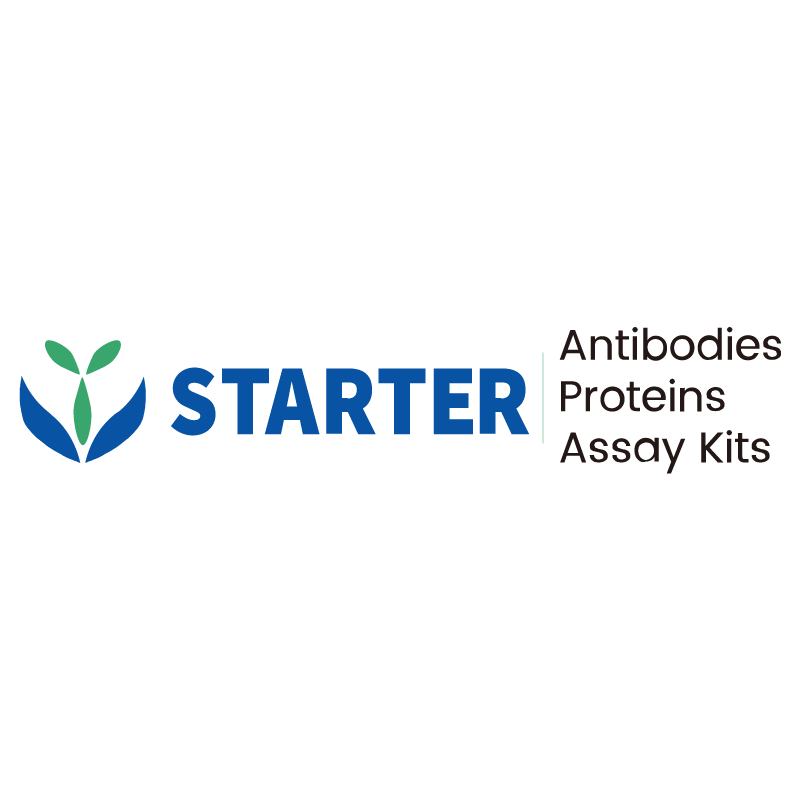Flow cytometric analysis of Mouse splenocytes cells labelling NK1.1/CD161 antibody at 1/50 dilution (1 μg) (Right) compared with a Rabbit monoclonal IgG isotype control (Left). Goat Anti - Rabbit IgG Alexa Fluor® 488 was used as the secondary antibody. Cells were stained with rabbit IgG or NK1.1. Then stained with CD49b - PE. Gated on viable cells.
Product Details
Product Details
Product Specification
| Host | Rabbit |
| Antigen | NK1.1/CD161 |
| Synonyms | Killer cell lectin-like receptor subfamily B member 1C, CD161 antigen-like family member C, Lymphocyte antigen 55c (Ly-55c), NKR-P1.9, NKR-P1C, Natural killer cell surface protein P1-40 (NKR-P1 40), CD161c, Klrb1c |
| Immunogen | Recombinant Protein |
| Location | Membrane |
| Accession | P27814 |
| Clone Number | S-428-32 |
| Antibody Type | Recombinant mAb |
| Application | FCM |
| Reactivity | Ms |
| Purification | Protein A |
| Concentration | 0.5 mg/ml |
| Conjugation | Unconjugated |
| Physical Appearance | Liquid |
| Storage Buffer | PBS, 40% Glycerol, 0.05%BSA, 0.03% Proclin 300 |
| Stability & Storage | 12 months from date of receipt / reconstitution, -20 °C as supplied |
Dilution
| application | dilution | species |
| FCM | 1:50 | null |
Background
CD161 is a C-type lectin-like membrane receptor expressed at high levels on NK, NKT, Th17, Mucosa Associated Invariant T cells (MAITs), non-MAIT CD8+, tissue-resident memory cells (TRMs), αβ CD4+ T cells and CD8+ T cells. CD161 levels increase when αβ T cells enter tissues. The ligand for CD161 is the lectin-like transcript 1 (LLT1). CD161/LLT1 engagement inhibits NK cell function but can inhibit or enhance αβ T cell function depending on the co-stimulatory molecules involved. The inhibitory capacity of αβ T cells can be neutralized by blocking CD161. CD161 expression on γδ T cells is associated with enhanced IFN-γ and IL-17 production and enhanced endothelial transmigration.
Picture
Picture
FC


